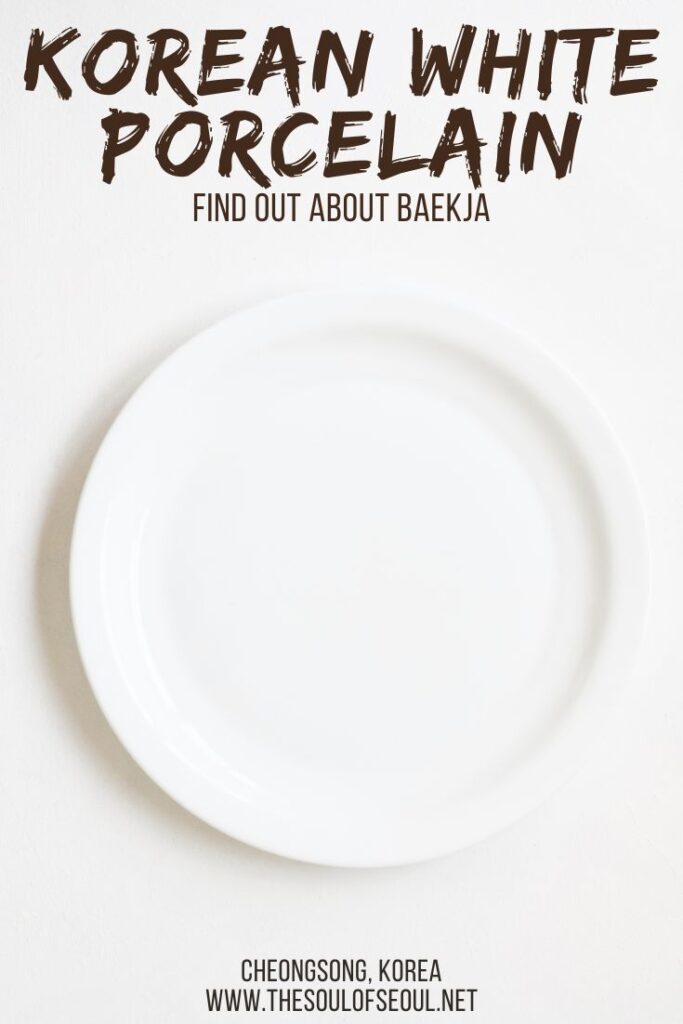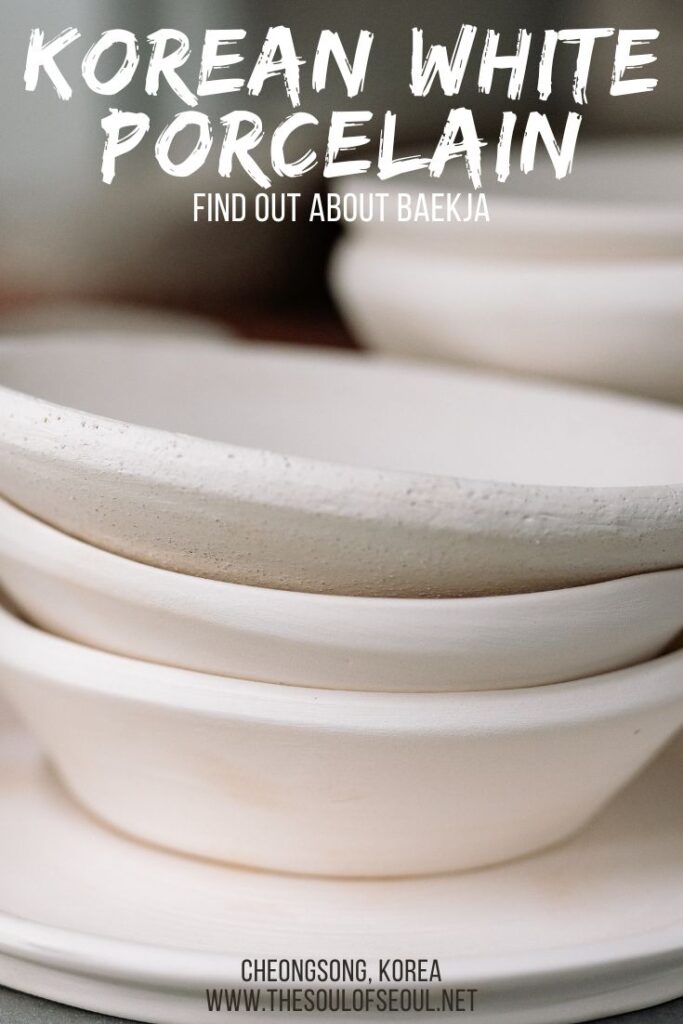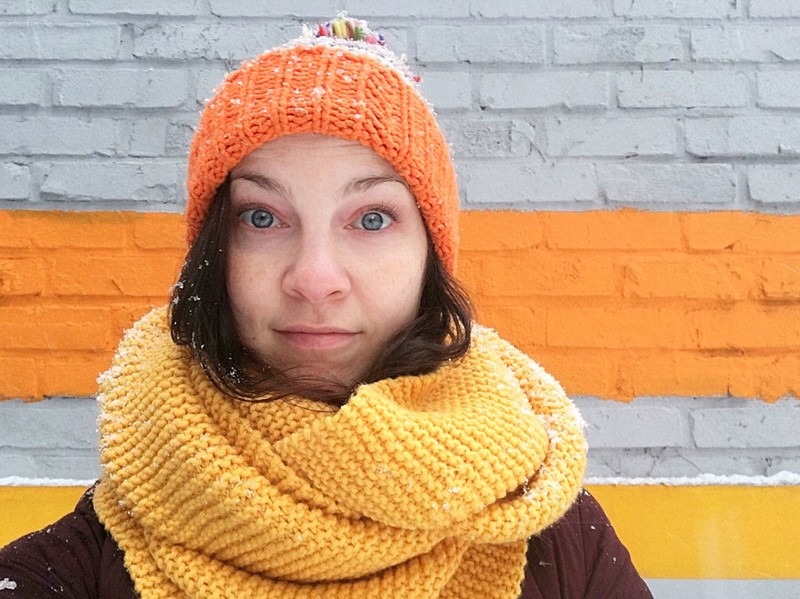Cheongsong’s Unique White Porcelain Experience
Last Updated on April 6, 2024
Ask any Korean why you should head to Cheongsong, Korea and they’ll probably tell you about Mt. Juwang National Park, delicious apples which you can find at their yearly Cheongsong Apple Festival, or a prison.
While there are a few things that Cheongsong is famous for, one lesser known one is the white porcelain, or Cheongsong baekja, that was developed there in the mid 16th century. Want to have a unique trip in Korea and try your hand at making your own baekja, you definitely need to visit the Cheongsong Baekja Center (청송백자전수장).

Plan your trip to the Cheongsong Baekja Center:
(This post contains affiliate links, which means I receive a certain percentage of a sale if you purchase after clicking. These funds go to maintain the site. Thank you for your support.)
How To Get There
Address: Sinjeom-ri 86, Budong-myeon, Cheongsong-gun, Gyeongsangbuk-do (경상북도 청송군 부동면 법수길 190 (신점리))
Rent A Car: Klook makes it easy to rent a car in Korea. Look into it as a great way to get around and see what there is to see.
By Bus: From Express Bus Terminal, take a bus to Yeongdeok Terminal in Cheongsong. The trip will be about 4.5 hours. From there you can take local transportation or a taxi.
What To Know
Store Hours: 9:00am ~ 6:00pm (CLOSED MONDAYS)
Hours To Do Experiences: 10:00am ~ 12:00pm & 1:00pm ~ 5:00pm
Website: http://www.csbaekja.kr/main/
Where To Stay
Sono Belle Cheongsong
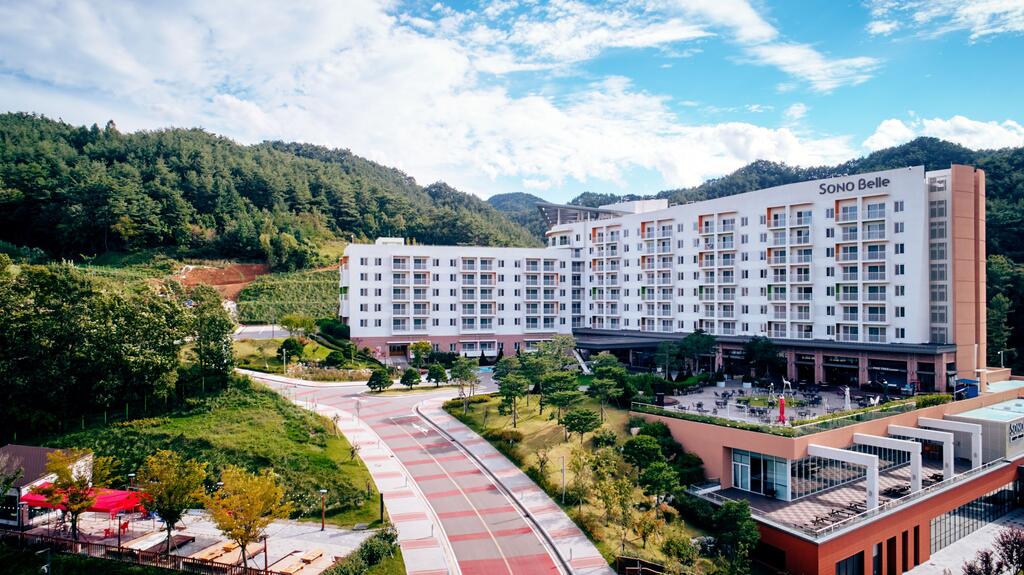
If you’re planning a trip to Cheongsong, definitely consider staying there for at least a night. It’s a bit of a trek but well worth it. For a great hotel option, book a room at Sono Belle Cheongsong on Booking.com or on Agoda.com.
What To Know About Baekja
Cheongseong Baekja refers to white porcelain that is produced in Cheongsong. Porcelain was used for about 500 years from the Joseon Dynasty to the mid-20th century. During that time production was suspended a few times, but it was, for the most part, continuous throughout that period. Cheongsong Baekja was one of four major porcelains in the Joseon Kingdom.
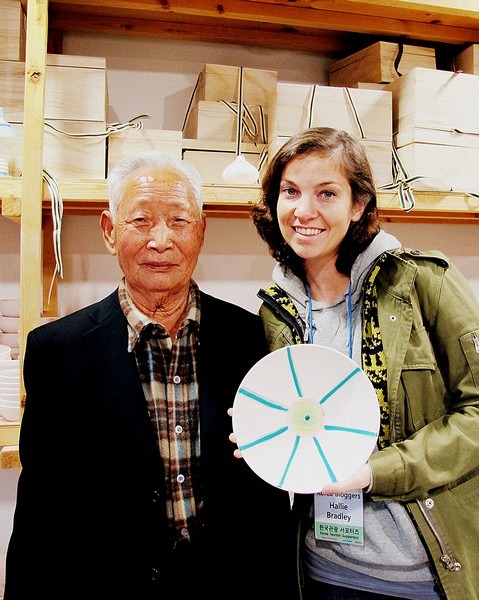
Unlike other porcelains in Korea that are made from clay, the Cheongsong baekja is uniquely made using stone from the surrounding mountains that has been ground down to an extremely fine consistency. The stone when ground down is called doseok.
This technique makes the porcelain lighter and whiter than in other regions and also gives it the unique characteristic of having lots of microscopic holes when finished. These holes are not a quirk to be looked down upon though, they are quite handy in that they allow water to evaporate easily.

The craft of making the porcelain was lost for almost 40 years, but with one remaining master has rather recently seen a revival in production. This porcelain was once popular among the common people as it was more practical and affordable than other porcelain wares of the time, but with the introduction of plastics, porcelain saw a steep decline in use in the 1950s; therefore production slowed and the kilns that were once common sights in the area were dismantled.
By 1997 Cheongsong county officials and the only living master of the craft Mr. Ko Man Kyeong, 고만경, started the revival of the unique baekja with Beomsugol. The artisans that make the porcelain there do not use any machines but they make everything by hand. This means that everything is unique and the traditional ways are valued.
What To See & Do
Cheongsong county maintains and enforces strict rules over the stone used in the baekja and doesn’t allow any of the raw materials that are mined from the mountains in the county to be taken out. But head south to Beomsugol, on the location of an old stone mine, and you can get a chance to learn, make and paint your own baekja.
Finely ground doseok is sifted again and again by hand to become the finest soft powder. The porcelain that comes out in the end is lighter and thinner. When we visited, we were able to learn under the only living master and Intangible Cultural Property Holder, Mr. Ko. He, unfortunately, passed away in 2018 though.

Mr. Ko was an expressive 84 year old that was the only person to have held on to the traditions of the Cheongsong baekja. He was able to teach four students before he passed so the tradition has been able to live on fortunately.
There are now 48 kilns in 36 different pottery making centers in Cheongsong county according to their travel guide and they should definitely be taken advantage of when visiting this slow city.
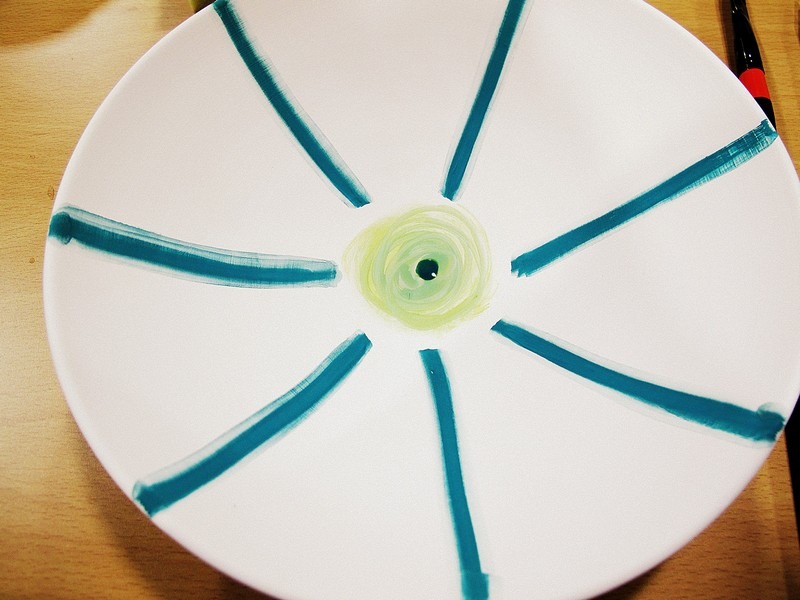
The Experiences You Can Have
- A Wheel Experience: Have a one on one experience with kneaded soil and a spinning wheel.
- Costs: W20,000 ~ W30,000
- Anyone 5 years and older can try.
- Small Clay Pot Making: Make a small pot, cup, or plate.
- Costs: W20,000 ~ W30,000
- Anyone 5 years and older can try.
- Handpainting: Draw and then paint an unglazed porcelain dish. This is the one we did.
- Costs: W10,000 ~ W30,000
- Anyone 5 years and older can try.






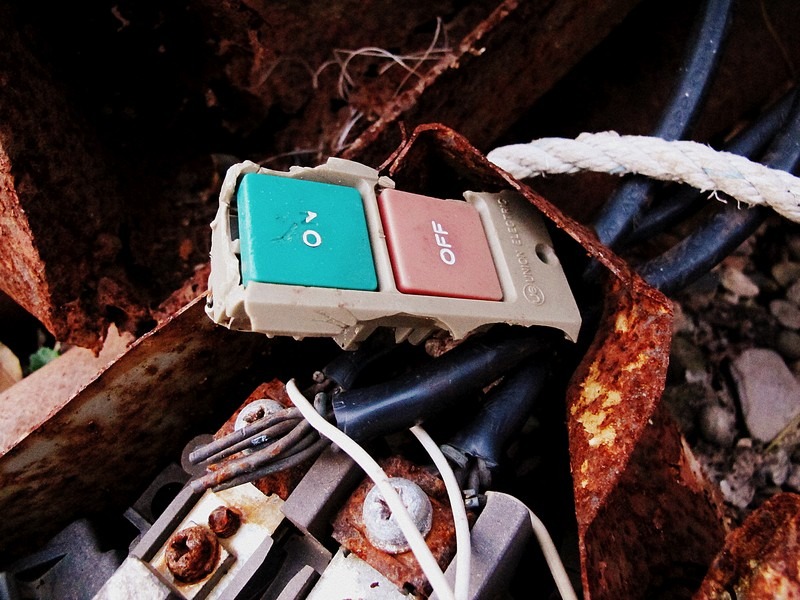
There are some gorgeous views in Cheongsong at Juwangsan National Park including the popular Jusanji Lake. Cheongsong is also famous for a chicken dish made with high in iron water that turns the chicken blue! From landscapes of beauty, apples to pick and more, this is definitely a great spot for a weekend away from Seoul.
Did you like this posts? Pin It!
